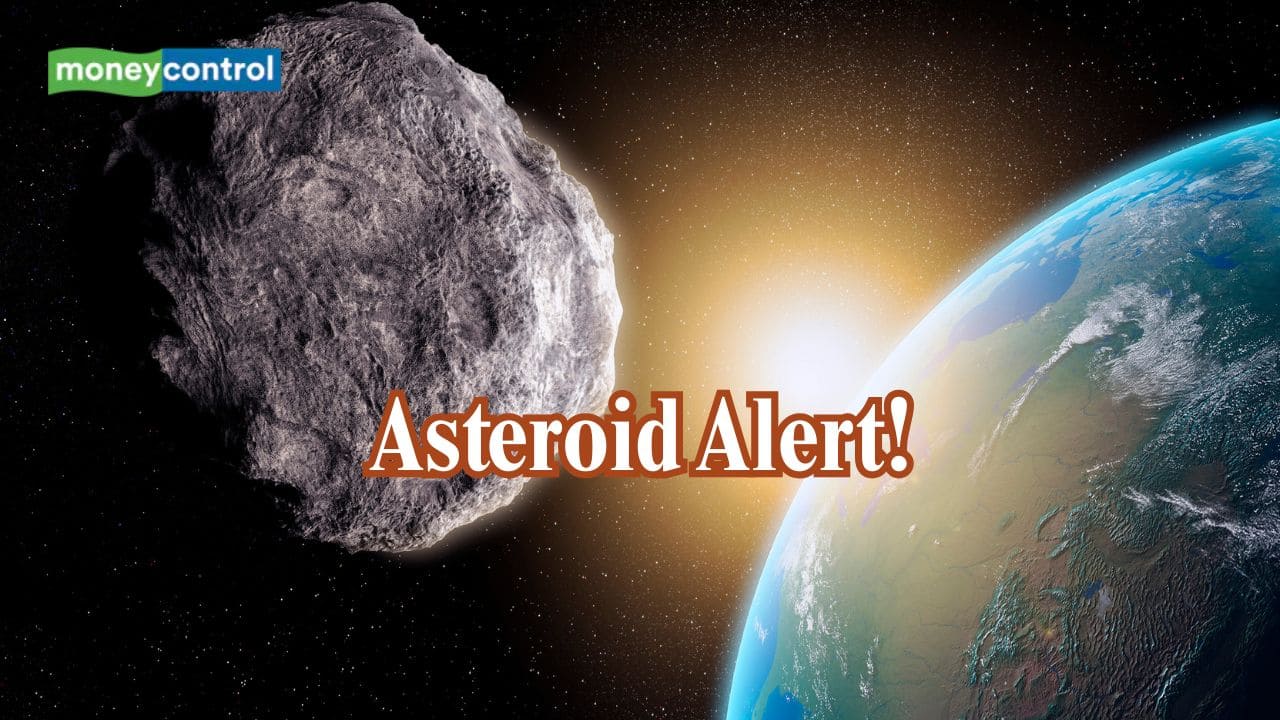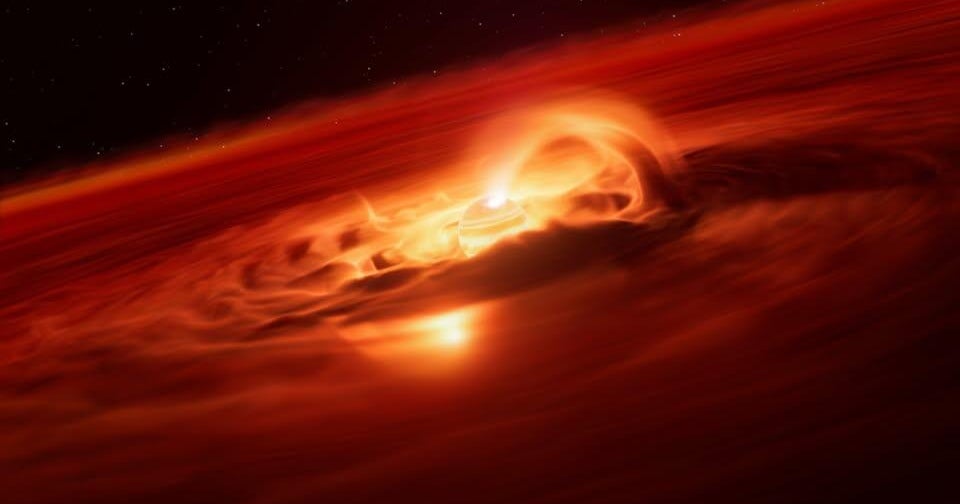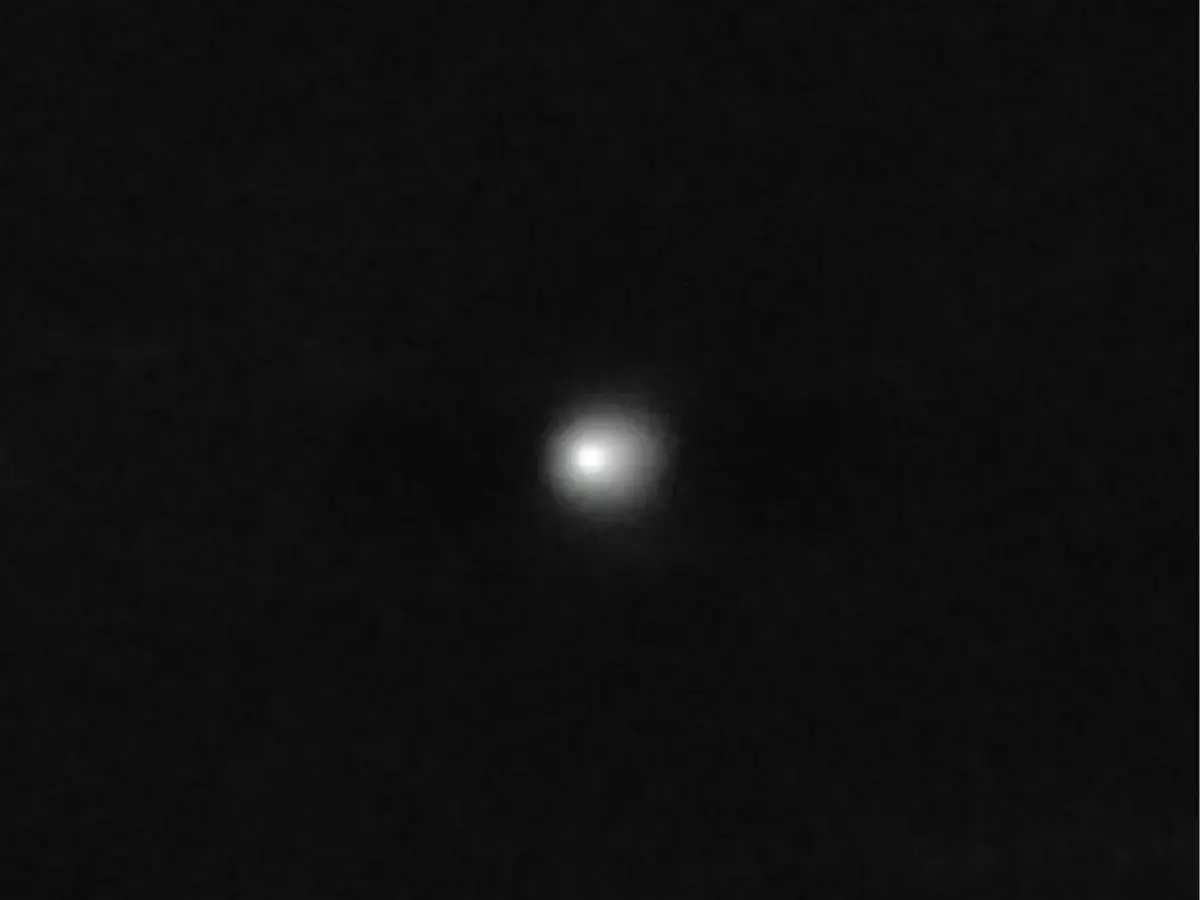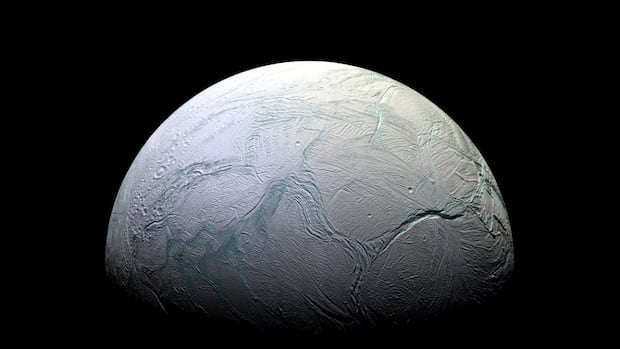Unbelievable: Baby Planet Devours 6 Billion Tonnes Every Second!
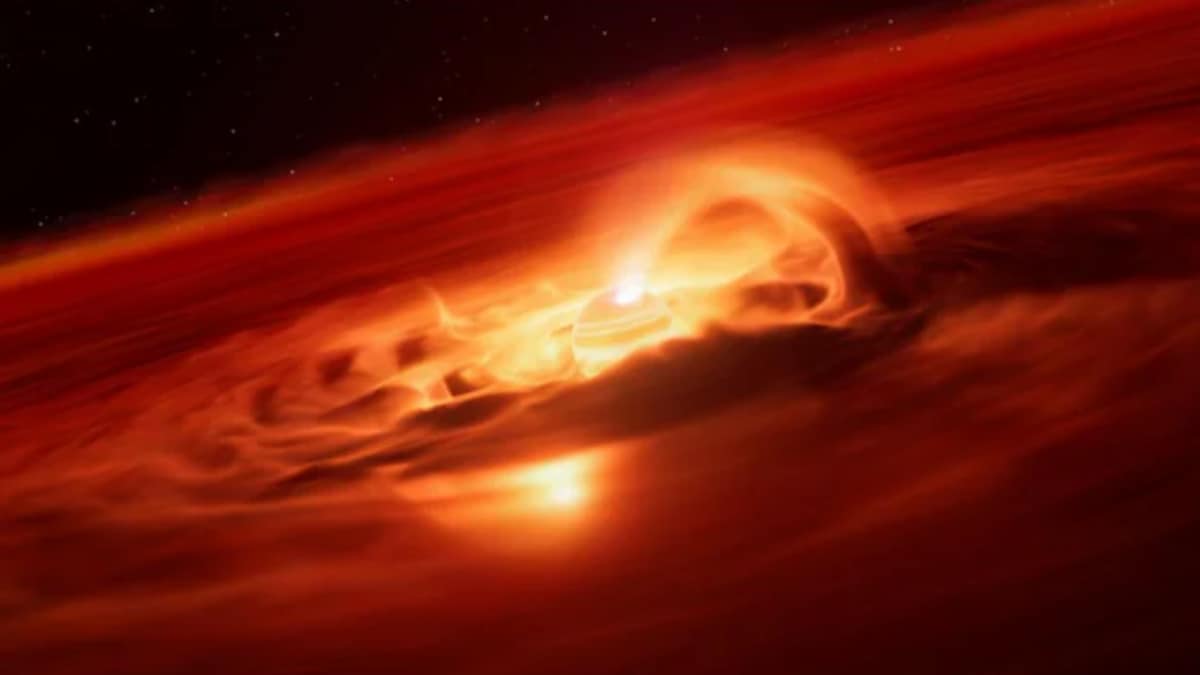
In a cosmic twist that sounds like something out of a sci-fi movie, scientists have stumbled upon a baby planet that’s so voracious, it consumes billions of tonnes of matter every single second! This isn’t just any planet; it’s called Cha 1107-7626, and it’s making waves in the astronomical community with its shocking behavior.
This free-floating planet, unlike anything we've observed before, is gobbling up material at a rate that’s simply mind-boggling—6 billion tonnes per second to be precise! To put that into perspective, it is 5 to 10 times larger than Jupiter, yet it doesn’t even meet the minimum requirements to be classified as a star or a brown dwarf. How wild is that?
Cha 1107-7626 isn’t just a one-hit wonder; it’s on a feast that seems to last for at least two months, absorbing around 10 Jupiter masses of material each year. Researchers couldn’t believe their eyes when the findings appeared in The Astrophysical Journal Letters, challenging our long-held beliefs about how planets and stars form in the universe.
Typically, such intense accretion events are reserved for stars or brown dwarfs, not for planetary bodies. But here we are, witnessing Cha 1107-7626 suddenly brightening 3 to 6 times more than before and showing hydrogen emission lines—a strong indicator of magnetic accretion typical of stars. This little planet is bursting all the rules!
What’s more, scientists now theorize that it likely formed independently, not just as a by-product of a star's birth. It seems to have emerged directly from a gas and dust cloud's gravitational collapse, much like a star would. The possibilities are really expanding!
Originally discovered in 2008, the true nature of Cha 1107-7626 was only revealed in 2025, thanks to powerful tools like the European Southern Observatory’s Very Large Telescope and NASA’s James Webb Space Telescope. These observatories conducted detailed observations that showed the planet accreting material from a surrounding disc filled with silicates, hydrocarbons, and even water vapor—essentially creating a miniature solar system around it.
Evidence from 2016 indicates that this is not a fluke; Cha 1107-7626 appears to undergo periodic feeding bursts, a pattern that prompts scientists to rethink their understanding of planetary behavior. One astronomer remarked, “It’s remarkable to think that even planets can behave like stars.” This discovery could very well redefine the boundaries of planet and star formation and open the door to countless questions about the universe.















